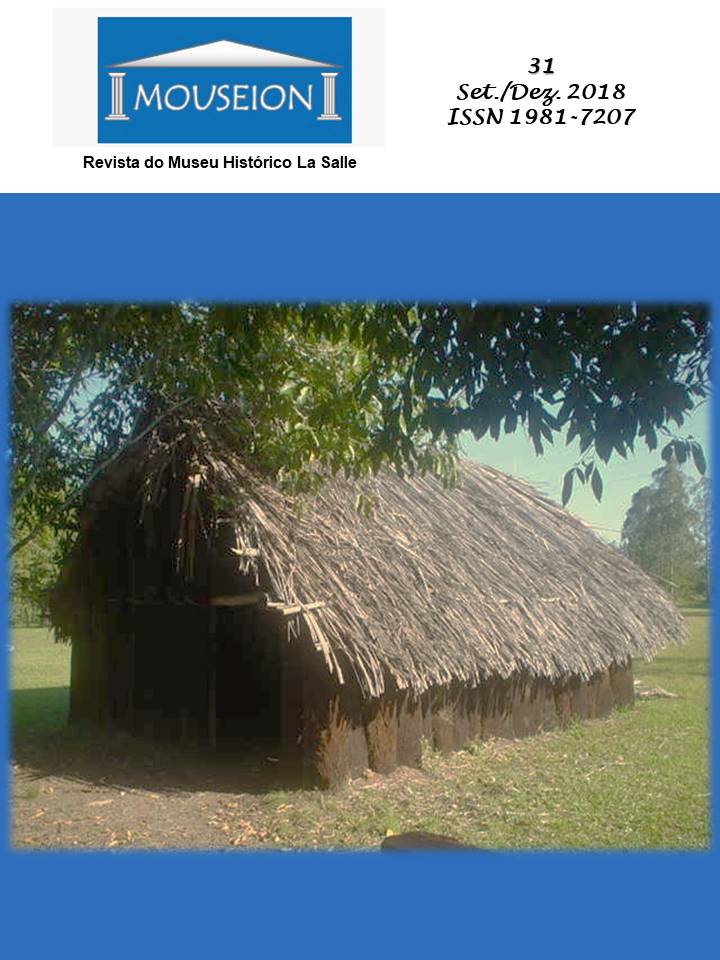The Place of Tourism in Cultural Policies: the Olympic Boulevard case
DOI:
https://doi.org/10.18316/mouseion.v0i31.5289Keywords:
Cultural Politcies, Tourism, Olympic BoulevardAbstract
The term culture assumes different meanings in the contemporaneity. Such polysemy shows distinct values attributed to it and reveal disputes where appropriation processes are characterized as political and economic processes. The field of cultural policies exemplifies the affirmative, especially when we analyze processes where the tourist activity is inserted. In the city of Rio de Janeiro, the interventions carried out by the Porto Maravilha project in the Port Zone demonstrate this relationship, because in this urban project, interventions in public spaces and in built-up areas were justified based on a discourse based on the rescue of a memory where the culture presents itself through the requalification of cultural goods with a view to their insertion in the logic of capital through the tourist activity. As a result, the Olympic Boulevard, the new postcard of the city of Rio de Janeiro, is born. Aiming to elucidate this relationship and the place of tourism in cultural policies linked to urban requalification projects, this paper presents the trajectory of the concept of cultural policies, the insertion of tourism into policies for the protection of heritage and the transformation of a stigmatized space, old Port Zone of the City on the Olympic Boulevard. Through bibliographical research and with the help of the methodological framework from Anthropology, aspects that contribute to the reflection about the values that permeate cultural policies are elucidated, and how tourism is used in a public and political agenda in these processes.Downloads
Published
2019-02-25
Issue
Section
Artigos / Ensaios
License
Authors must submit their manuscripts to be published in this journal agree with the following terms:
Authors maintain the copy rights and concede to the journal the right of first publication, with the paper simultaneously licensed under the License Creative Commons attribution that permits the sharing of the paper with recognition of authorship and initial publication in this journal.
Since the articles are presented in this journal of public access, they are of free use, with their own attributions for educational and non-commercial purposes.


